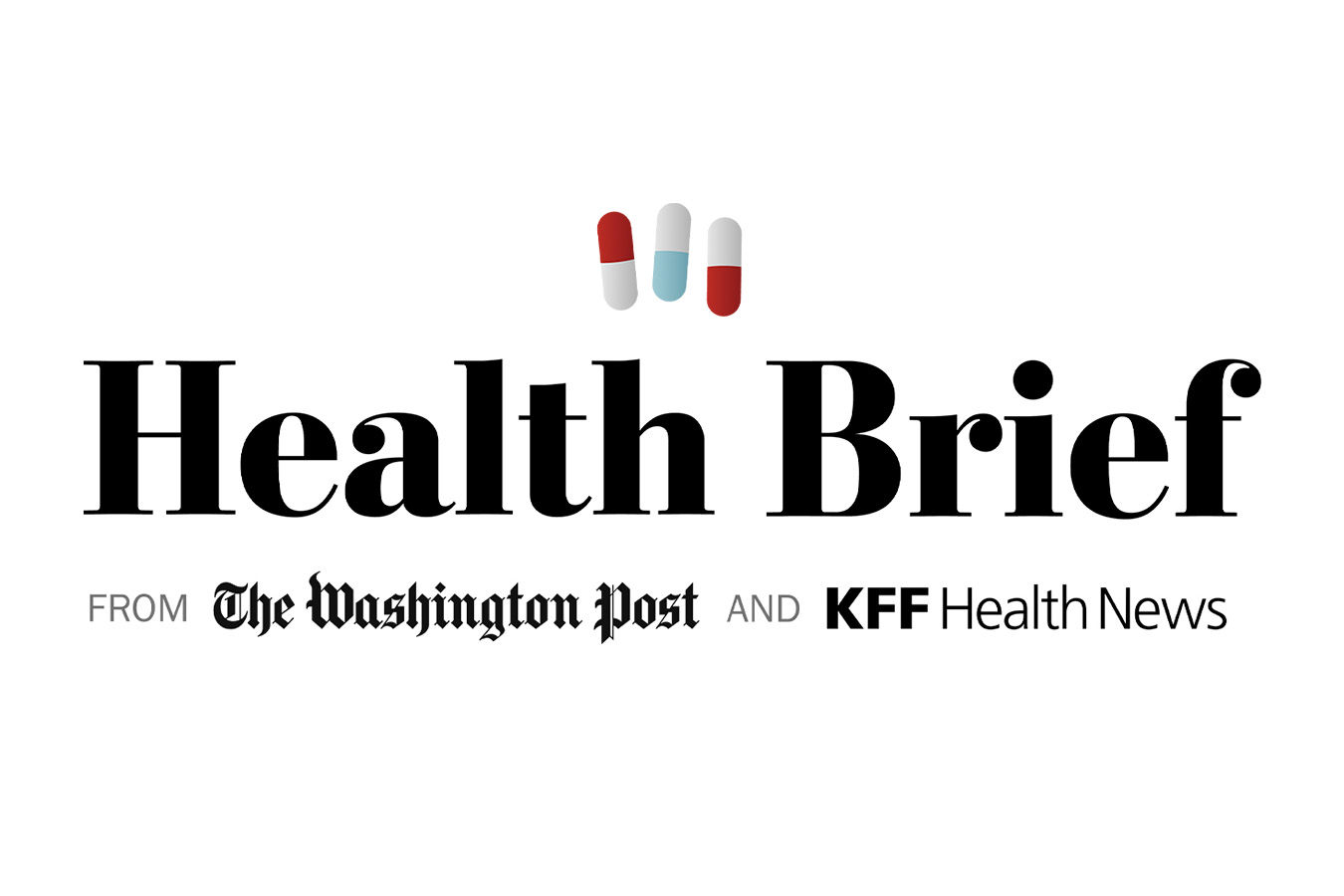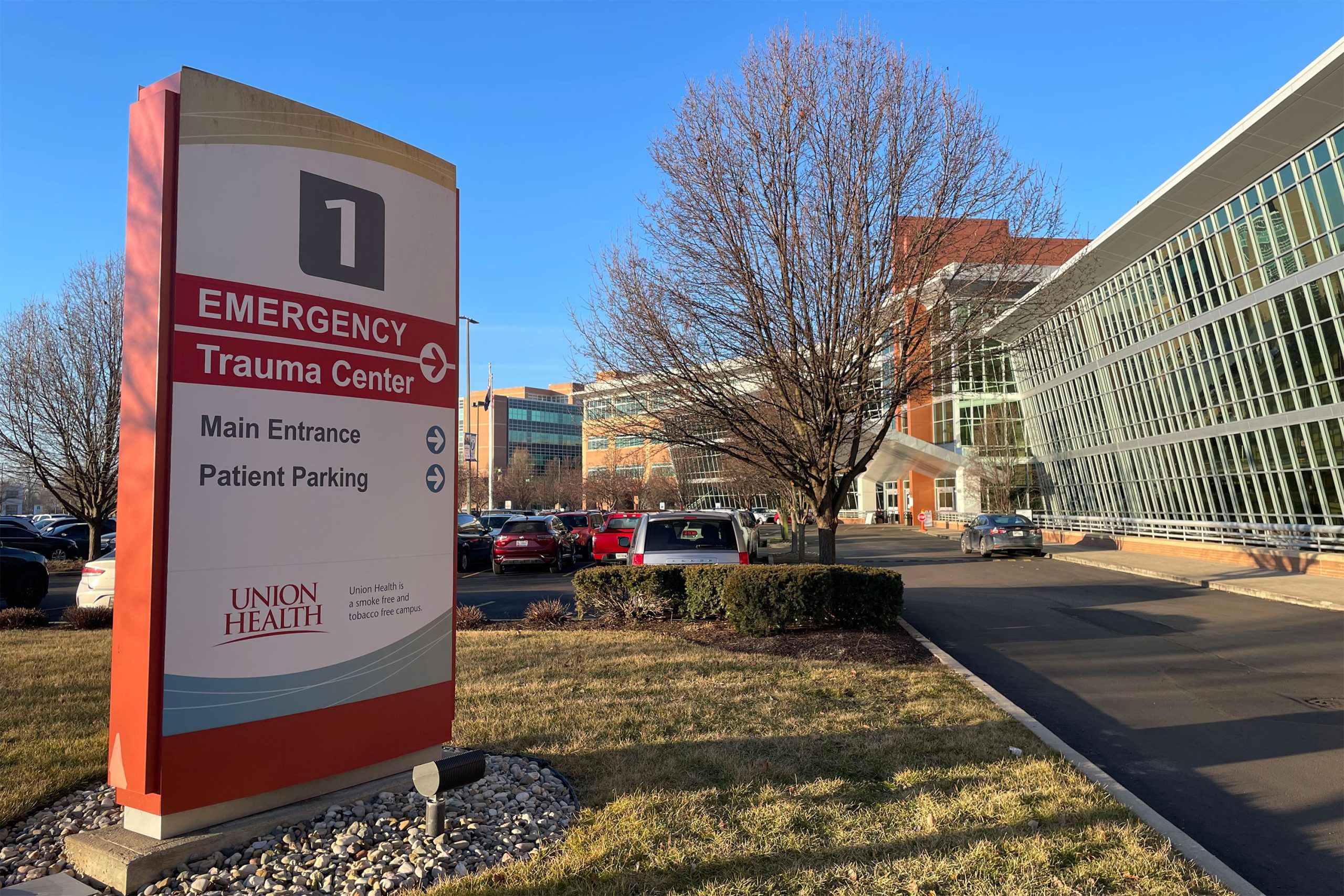FERGUS FALLS, Minn. — All six of Michelle Ehlert’s children have Medicaid plans that should cover their dental care. But for years, she and her husband paid for dental care out-of-pocket — sometimes thousands of dollars a year.
They couldn’t find a dentist near their home in Wilkin County, Minnesota, who accepted Medicaid. When a mobile clinic that would treat Medicaid patients drove nearly 200 miles from Minneapolis to the rural county on Minnesota’s western border, appointments that fit her family’s schedule were “hit-or-miss,” she said.
That all changed when Ehlert’s family found a clinic in neighboring Otter Tail County run by Apple Tree Dental, where dental therapists, who prioritize treating Medicaid recipients, provide much of the clinic’s care.
Now, “we actually go to the dentist like we’re scheduled to,” Ehlert said. “It really is indescribable how much of a difference it’s made.”
Dental therapists are licensed providers who offer basic care traditionally provided by dentists, including fillings and simple tooth extractions. Over a dozen states have turned to them to increase access to oral health care, and federal advisers say at least eight more are considering doing the same. Like Minnesota, some states have deployed therapists specifically to benefit underserved populations, such as rural residents, Medicaid recipients, and Native American tribes.
Still, dental therapists are not universally supported or available to most rural Americans, despite inadequate access to oral health services in many nonurban communities.
Karl Self, director of dental therapy at the University of Minnesota School of Dentistry, said that recruiting these midlevel providers is a cost-effective way to expand care in rural Minnesota.
Self has led the university’s program since the outset, after surveying schools in Canada, New Zealand, and the United Kingdom for examples of how to teach the new degree. Dental therapy has existed abroad since 1921 but was first practiced in the U.S. in 2004 within the Alaska Tribal Health System. Today, only five college programs offer dental therapy training.
Dental therapists deliver a slice of specialized care that helps fill gaps, Self said.
“Dental therapists are sort of the restorative experts,” he said. “They spend the vast majority of their time doing a very small segment of dentistry as a whole. But it’s a very high percentage of the primary care needs of patients.”
Under the supervision of a dentist, dental therapists can complete oral evaluations, fill cavities, and extract children’s baby teeth. In Minnesota, dental therapists with advanced training can treat patients without having a dentist on-site.
That flexibility enables those therapists to provide care in communities without full-time dentists.
Self said dental practices can deploy therapists to satellite offices, offering basic care multiple days per week and reserving more complicated procedures for occasional visits from a dentist.
When Katy Leiviska graduated from the University of Minnesota School of Dentistry as part of the school’s first class of dental therapists in 2011, she couldn’t find a job.
It was two years after Minnesota became the first state to license dental therapists. The new licensure came with strings attached, requiring the therapists to practice in areas that didn’t have enough dentists to serve the population, or to primarily treat low-income, uninsured, and underserved patients.
Leiviska called clinics almost daily looking for a job but found that most operators and owners didn’t know what dental therapy was.
“It took me almost a year to get in,” she said. In the meantime, “I was working at Applebee’s.”
Once she did join a clinic, Leiviska said, more than 90{dec8eed80f8408bfe0c8cb968907362b371b4140b1eb4f4e531a2b1c1a9556e5} of her patients were uninsured or on Medicaid. She has used her advanced dental therapy training to practice solely in urban areas since, but providers like her have become an integral part of Minnesota’s effort to fill dental care gaps in rural areas.
The same can’t be said for all states.
Across the border in Wisconsin, a bipartisan group of lawmakers introduced bills in 2017 and 2019 to create the license class. The Wisconsin Dental Association opposed the measures, arguing that the state should invest in its existing workforce rather than create another profession. Marquette University and the Academy of General Dentistry joined the association in its objection.
Since the first iteration of the bill required only that dental therapists attend a technical college for three years without prior training as a dental hygienist, the Wisconsin Dental Association was concerned that dental therapists could then extract teeth without dentist supervision, and that the bill didn’t require a dentist to examine a patient before a dental therapist worked on them. The association contended the bill should require candidates to attend a program certified by the Commission on Dental Accreditation.
During a 2021 attempt to pass a dental therapy bill, sponsors came to an agreement with the dental association that led it to a neutral position rather than opposition. The compromise would have made the Wisconsin law more closely resemble Minnesota’s approach. For example, dental therapists would be required to work in dental health professional shortage areas or have at least half their patients be from underserved communities.
The bill ultimately failed, but Democratic Gov. Tony Evers has reintroduced dental therapy in his proposed budget for 2023-25.
If a bill were to pass, said Matt Crespin, executive director of the Children’s Alliance of Wisconsin, it would be a “commonsense solution” to the state’s oral health crisis.
“In Wisconsin, it is very challenging if you are covered by Medicaid to get access to dental care — even privately insured or uninsured patients have a challenge in accessing providers, in particular in rural parts of the state,” he said. “Adding dental therapists to the dental team to work in collaboration with a dentist would increase access to care.”
Crespin, whose organization is part of a coalition that supports bringing dental therapy to Wisconsin, said one way he imagines increasing care options is by having dental therapists provide preventive care to students in public schools.
Access to care is a key issue in Wisconsin, where 62 of the state’s 72 counties have shortages of dental professionals, according to the Rural Health Information Hub. In Minnesota, 66 of 87 counties are listed as having such shortages.
Pinpointing dental care deserts takes only dentists into account; those numbers do not reflect whether counties in Minnesota have dental therapists.
According to Minnesota’s latest workforce report, as of 2018, the state had 92 dental therapists, including 25 working in rural areas. That same year, there were 5,683 hygienists and 4,140 dentists — most of them practicing in the Twin Cities area.
Neal Irion is one of those dental therapists. He treats patients at the nonprofit Apple Tree Dental clinic in Fergus Falls, a town of about 14,000 in western Minnesota.
“I’m delivering — like, me personally — close to $1 million a year of dental care,” he said. “That’s a lot of fillings; that’s a lot of exams.”
Over the years, Irion has watched as Apple Tree struggled to recruit dentists to serve the rural community. His clinic employs one part-time dentist, a full-time dentist, and two full-time dental therapists. And, like Irion, the other midlevel provider on staff, Alyssa Klugman, is an advanced dental therapist and licensed hygienist.
Klugman said her hourlong commute to work reminds her of patients’ having to travel sometimes hours for their appointments at the clinic. Those patients are often low-income and at high risk for dental disease.
“I see thousands of patients every year,” she said. “Being able to help that many people get out of pain or treat disease, it’s just incredible that I can have the opportunity to do that.”









